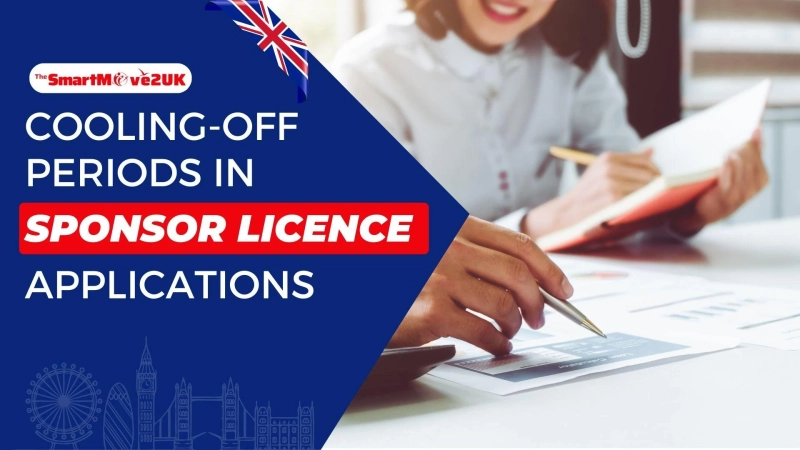The UK Home Office imposes a sponsor licence cooling-off period to ensure businesses sponsoring migrant workers adhere to immigration regulations. This period restricts a business's ability to re-apply for a sponsor licence after an unsuccessful application, withdrawal, revocation, or imposition of a civil penalty. Understanding the duration and triggers for these cooling-off periods is crucial for businesses navigating the sponsor licence system.
Understanding When a Cooling-off Period Applies:
There are several situations that can trigger a cooling-off period:
Refused Applications: Not all application refusals lead to a cooling-off period. However, if the Home Office refuses an application due to reasons beyond administrative errors (e.g., incorrect fee payment, incomplete forms), a cooling-off period will be imposed.Licence Revocation or Surrender: More serious consequences follow the revocation of a sponsor licence or its surrender during compliance action. In these cases, a cooling-off period becomes mandatory.Civil Penalties: Businesses issued a civil penalty for employing an illegal worker will also face a cooling-off period before re-applying for a sponsor licence.The Length of the Cooling-off Period:
The severity of the situation determines how long the cooling-off period lasts:
No Cooling-off Period: If the application was refused due to administrative errors, a new application can be submitted immediately upon rectifying the issue.6 Months: This is the most common duration and applies to most refused applications where the reasons for refusal fall outside administrative errors.12 Months: A longer cooling-off period of 12 months applies if the sponsor licence was revoked or surrendered during compliance action, or if a civil penalty was issued for employing an illegal worker.Up to 5 Years: The most serious offences, such as repeated violations of immigration rules, can lead to a maximum 5-year cooling-off period.Taking Action After a Cooling-off Period:
Once the cooling-off period has elapsed, businesses can re-apply for a sponsor licence. However, to avoid another refusal, it's crucial to:
Carefully Review Guidance: The UK Visas and Immigration (UKVI) publishes detailed sponsor licence application guidance. Thoroughly reviewing this guidance will ensure a complete and accurate application, minimizing the risk of refusal and a subsequent cooling-off period.Seek Professional Advice: Immigration regulations can be complex. If a business is unsure about the eligibility criteria or potential reasons for refusal, consulting with a professional immigration lawyer can be highly beneficial.Address Previous Issues: If a cooling-off period is applied due to a previous application's rejection or penalty, it's essential to demonstrably address the issues that led to the negative outcome. This may involve improving record-keeping practices, implementing stricter recruitment procedures, or undergoing compliance training.By understanding sponsor licence cooling-off periods and the associated implications, businesses can navigate the sponsor licence system more effectively and avoid unnecessary delays in sponsoring migrant workers. Remember, a successful sponsor licence application hinges on demonstrating responsible sponsorship practices and adhering to immigration regulations.


